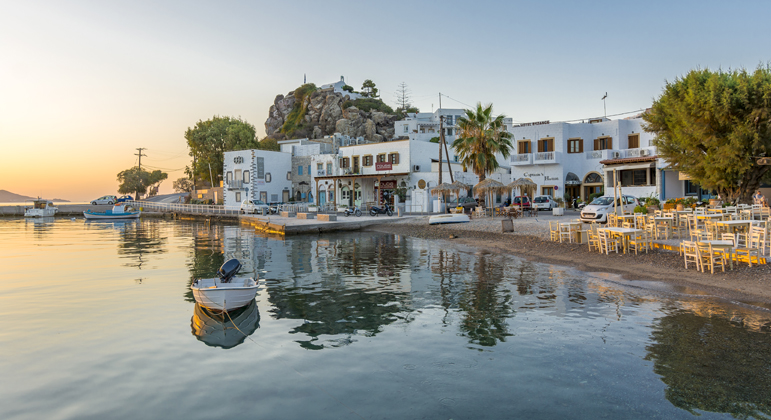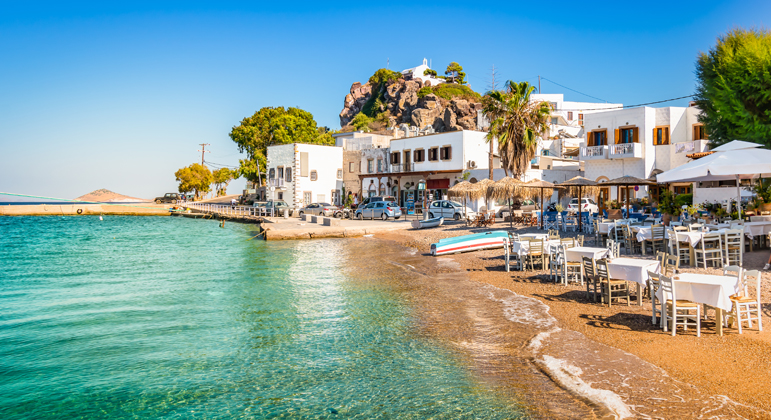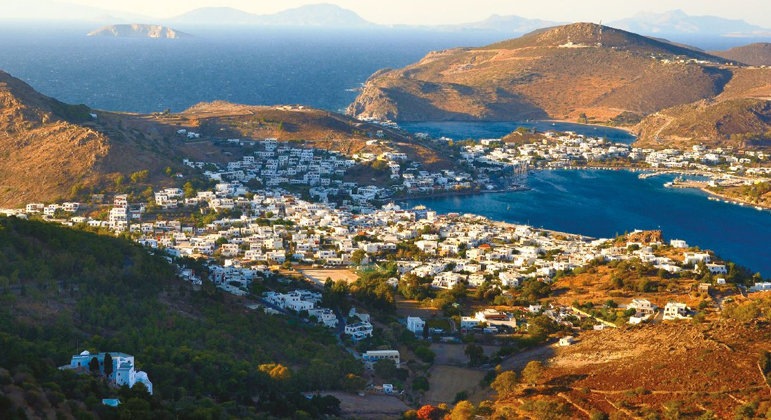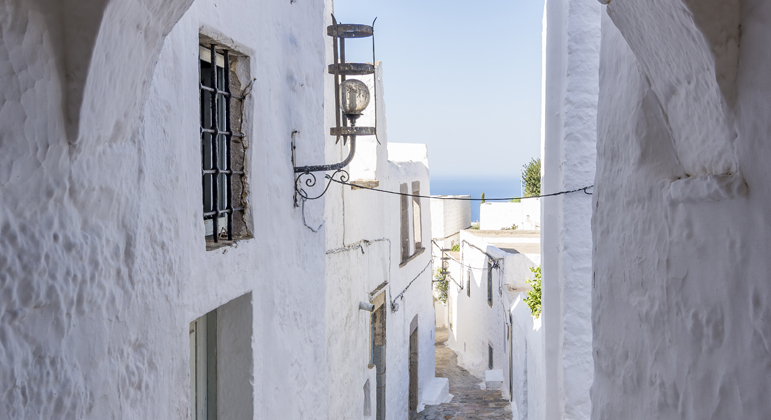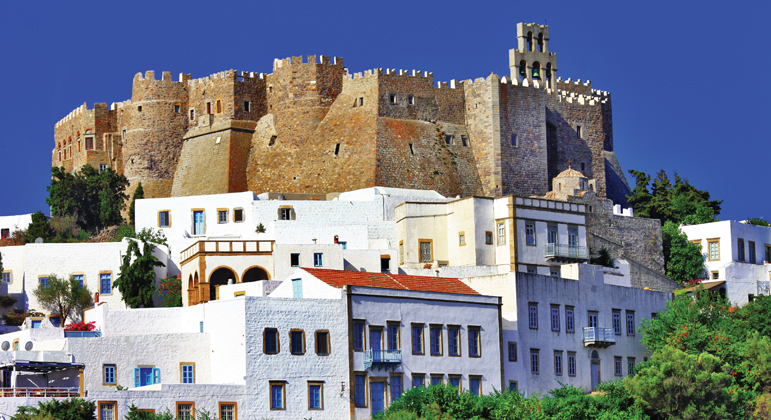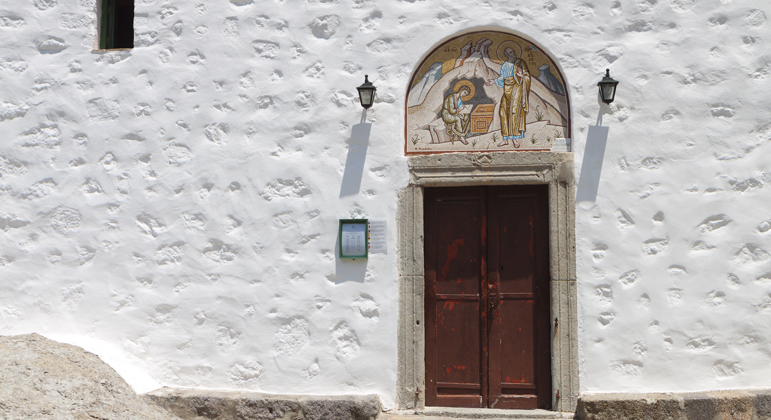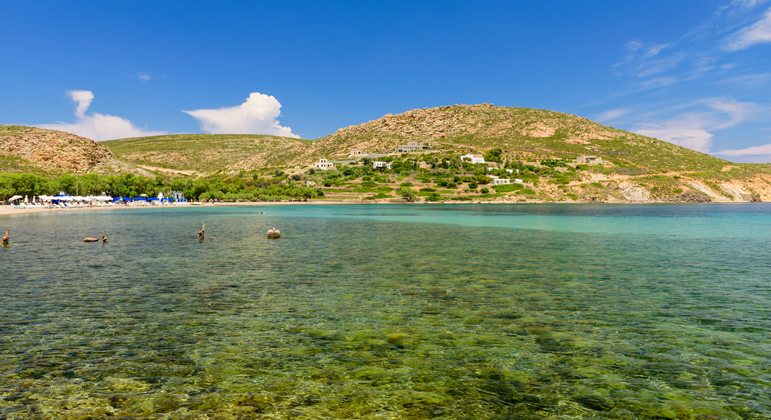The Simply Divine Island of Patmos
Could any Greek island be more a picture of perfection than beautiful Patmos? It isn’t every place that can be called the Jerusalem of the Aegean, but then Patmos is the custodian of an exceptional cultural heritage because it is the island where John the Apostle wrote the Book of Revelation, the final book of the New Testament. This starring role in the Bible imbues the island with an unmistakable spiritual calm that makes it truly unique in the Mediterranean and a magnet for the Christian faithful. And the atmosphere is even more special on account of the fact that the religious ceremonies and customs still taking place haven’t changed since early Christian times. Adding to the sense of tranquility is the fact that Patmos has no airport—as in centuries, past arrival to the island is by ship or ferry only. Approaching Patmos by sea, you can’t help but be bewitched by the chiseled contours of the coast and you’ll find that serenity reigns onshore in equal measure.
And it’s easy to understand the pull Patmos had on the imagination of the ancient Greeks. According to the myth, it was Artemis, goddess of hunting, who found the island submerged under the waves and asked Selene, goddess of the moon, to illuminate and raise it. With Zeus and Apollo joining the effort, they hoisted the island up from the seafloor. Perhaps coincidentally Patmos is shaped like a seahorse, its two main portions joined by a narrow isthmus at Skala. Just five kilometers south from there Chora, the inland island capital crowned with the fortress-like Monastery of St. John the Theologian.
Read More
See All Cruises To PatmosAmazing excursions carefully curated
 International (US$)
International (US$)  Argentina (US$)
Argentina (US$)  Australia (AU$)
Australia (AU$)  Балканите (€)
Балканите (€)  Brasil (US$)
Brasil (US$)  Κύπρος (€)
Κύπρος (€)  Deutschland (€)
Deutschland (€)  España (€)
España (€)  France (€)
France (€)  Ελλάδα (€)
Ελλάδα (€)  United Kingdom (£)
United Kingdom (£)  Turkey (€)
Turkey (€)

